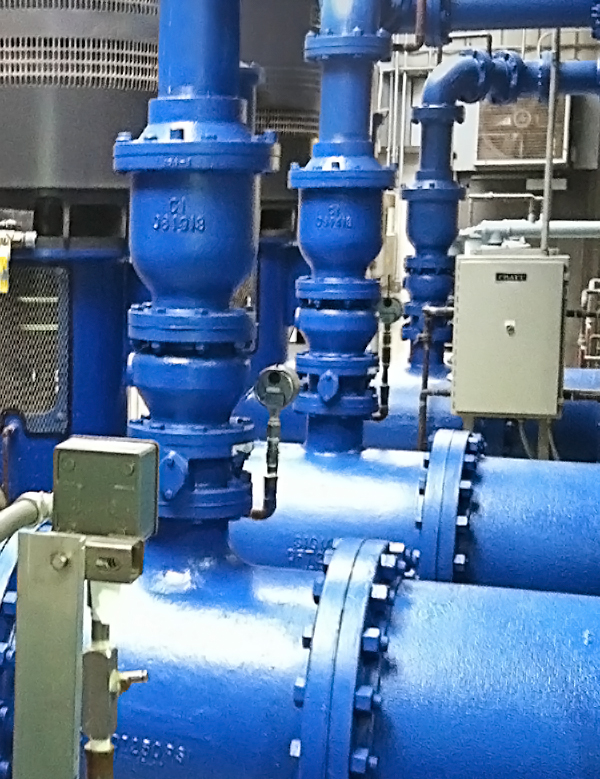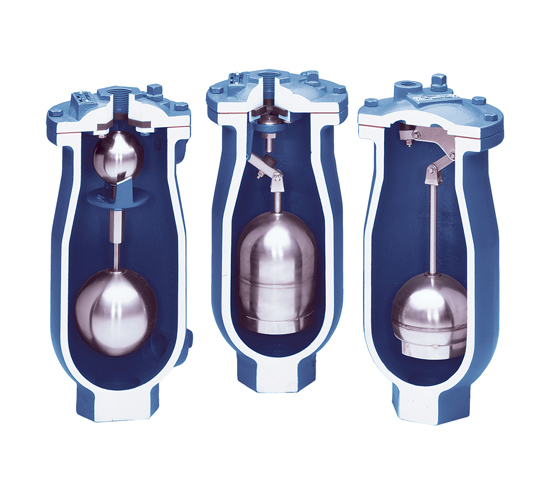
Air valves protect pipelines by removing trapped air, automatically venting accumulations that could impair system performance. Entrained air reduces flow efficiency, creates pressure imbalances, and contributes to damaging hydraulic transients such as water hammer.
By eliminating air pockets during filling and normal operation, these valves enhance flow consistency, lower energy consumption, and help protect infrastructure from stress and potential failure.
Air valves are available in various configurations to address different phases of system operation.
Automatic air valves are designed to discharge small, continuous air pockets that collect at high points under pressure, thus maintaining optimal flow. Air/vacuum valves allow high volumes of air to escape during filling or enter during draining, thereby preventing vacuum conditions that could collapse pipelines.
Combination air valves integrate both functions, managing continuous air venting and vacuum protection in a single assembly, ensuring comprehensive air control throughout dynamic system cycles.


These valves are widely used in water distribution networks, wastewater pipelines, and industrial fluid systems where air accumulation can disrupt performance. Their ability to prevent airlocks, reduce surge risks, and maintain consistent flow makes them an essential component in protecting pumps, meters, and other system assets.
By maintaining hydraulic stability and preventing vacuum conditions, air valves extend equipment life, improve efficiency, and reduce operational costs, making them a vital part of reliable fluid handling infrastructure.
You bring the challenge — we’ll bring the valves, instruments, and expertise.
Let's talk!